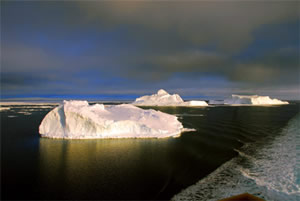Icebergs in the Southern Ocean
Click on image for full size
Ute Kaden/PolarTREC
Icebergs
Icebergs are large pieces of ice that are floating in the ocean. They broke off of ice shelves or glaciers in Earth’s polar regions. Icebergs are a part of the cryosphere.
Almost all of an iceberg is below the surface of the seawater. Because ice is less dense than water, a small portion of the iceberg stays above the seawater. Some icebergs are small. Others are huge. The largest ones are known as ice islands.
In 1912, a brand new ship called the RMS Titanic, collided with an iceberg in the North Atlantic on its first voyage. The collision caused the boat to break apart and sink. Only about a quarter of the passengers and crew who were on board the Titanic survived the shipwreck. Since then, people have been keeping track of the location of icebergs and warning sailors when the danger is high. In an average year, nearly 500 icebergs pass through the shipping routes in the North Atlantic Ocean. Today satellites are used to keep track of the icebergs locations.
As they travel from the polar areas where they form into warmer waters, the ice melts, and icebergs become smaller.
Last modified April 18, 2007 by Lisa Gardiner.
You might also be interested in:
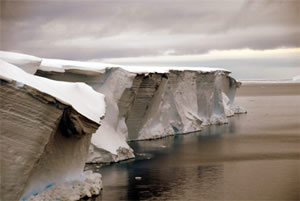
Frozen water is found in many different places on Earth. Snow blankets the ground at mid and high latitudes during winter. Sea ice and icebergs float in the chilly waters of polar oceans. Ice shelves are
...more
Density is a measure of how much mass is contained in a given unit volume (density = mass/volume). Put simply, if mass is a measure of how much ‘stuff’ there is in an object, density is a measure of how
...more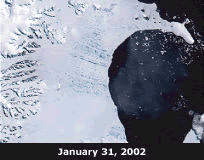
Ice shelves are found at the edges of glaciers and ice sheet. An ice sheet extends from land out over the ocean. Ice shelves are a part of the Earth's cryosphere. They can be found in both the north polar
...more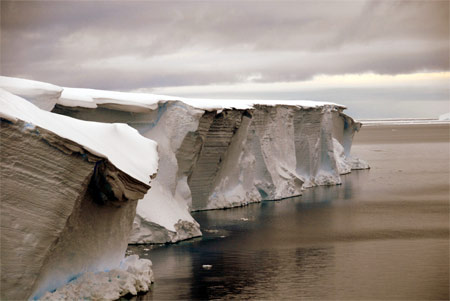
Looking for online content that can be used for a climate change education course or module? Pages linked below can be used to support an introductory climate change education for either a unit or a full
...more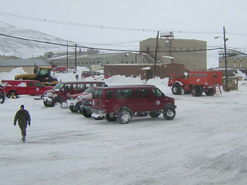
Polar exploration includes the exploration of the Arctic and the Antarctic. The Arctic is the area around the Earth's north pole. Antarctica is a continent that surrounds the South Pole. When you think
...more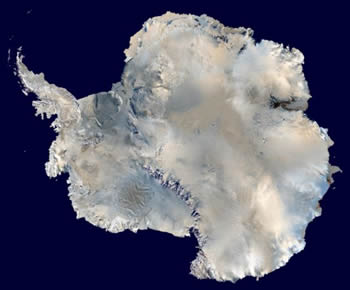
What Will You Find There? If you travel to the South Pole, you will find the continent of Antarctica surrounded by the Southern Ocean. The geographic South Pole is marked by a large sign that scientists
...more
Antarctica is the coldest, windiest, and driest continent on Earth. It is about one and a half times the size of the United States. Almost all of Antarctica is covered with a thick layer of ice called
...more


